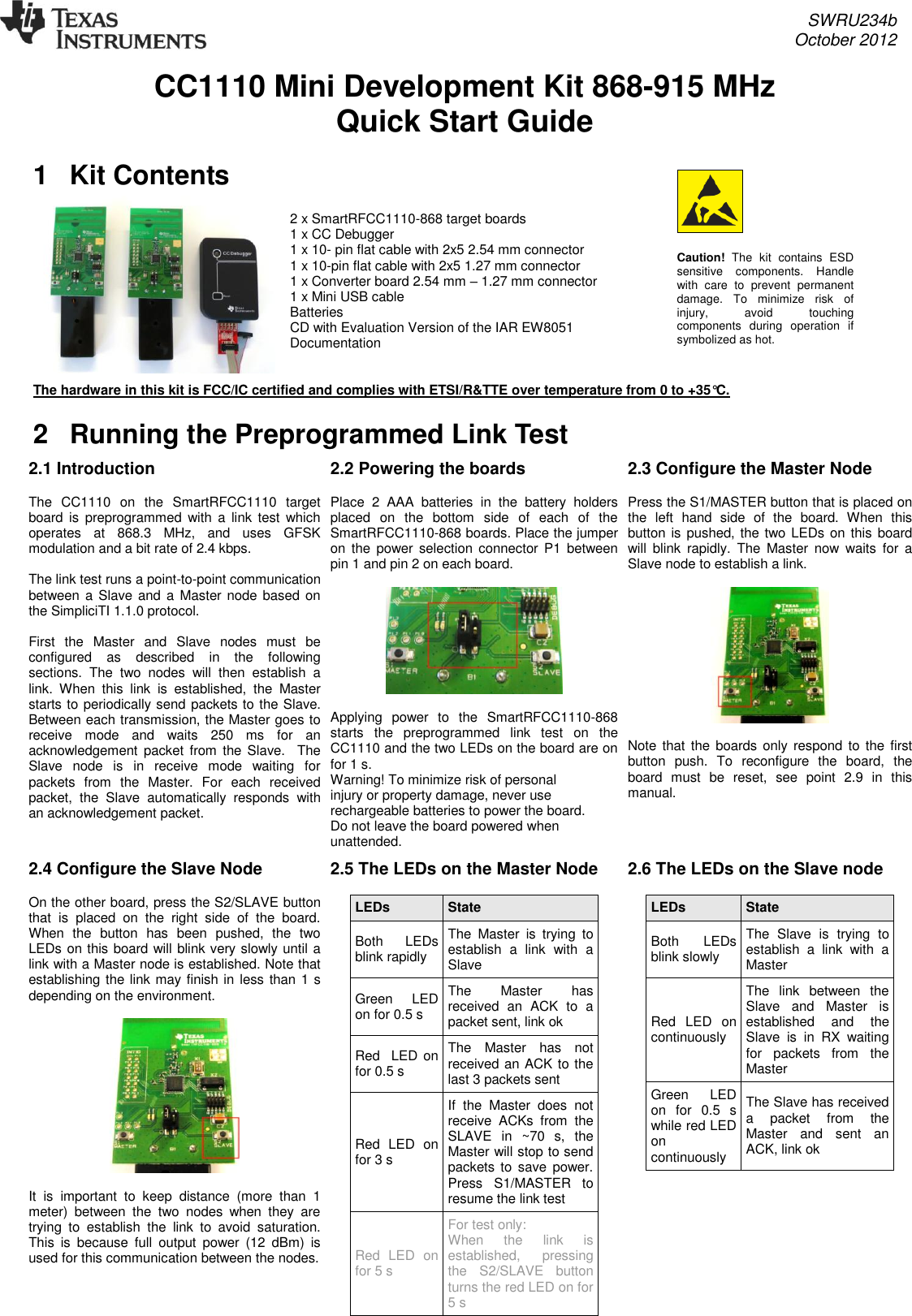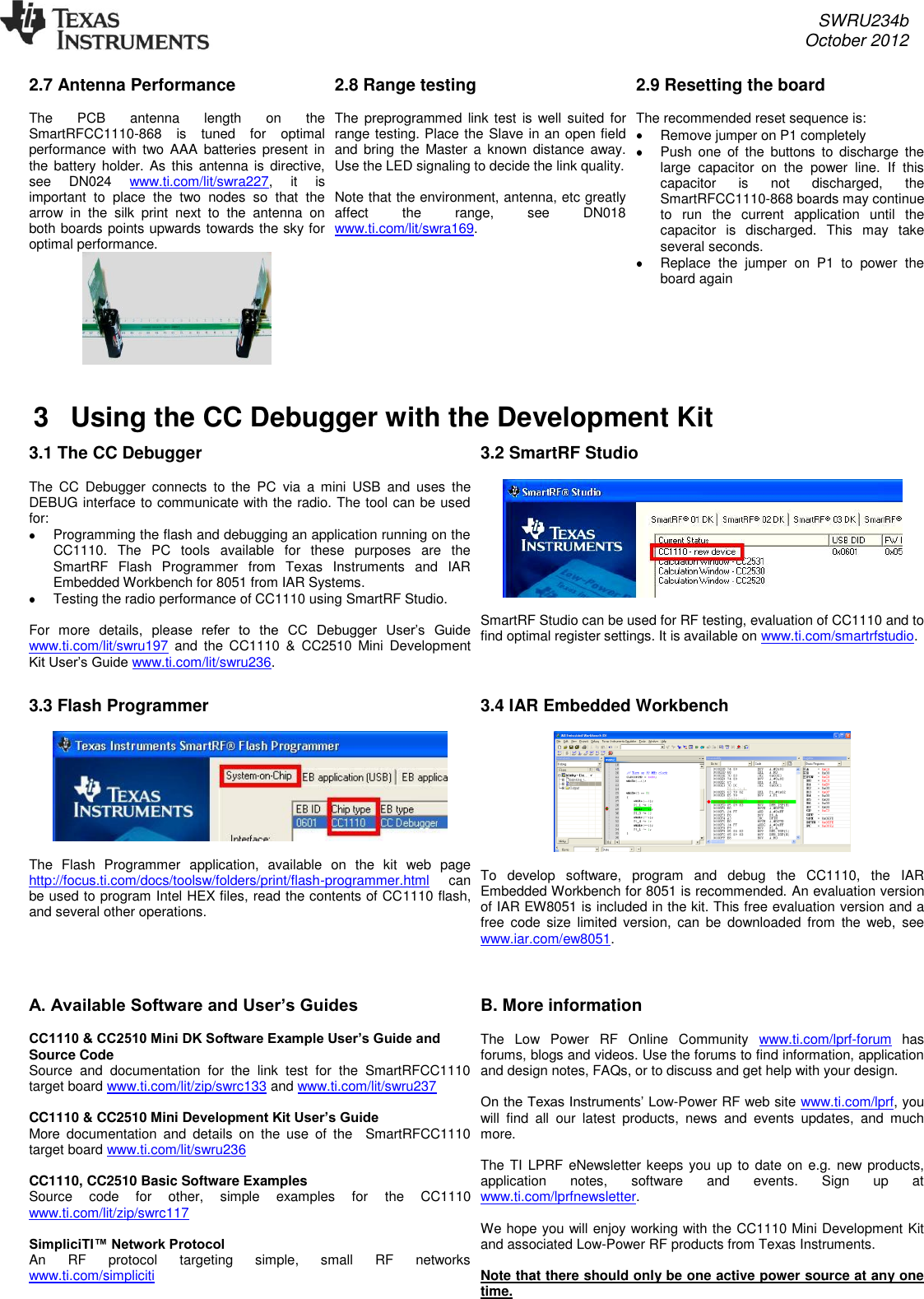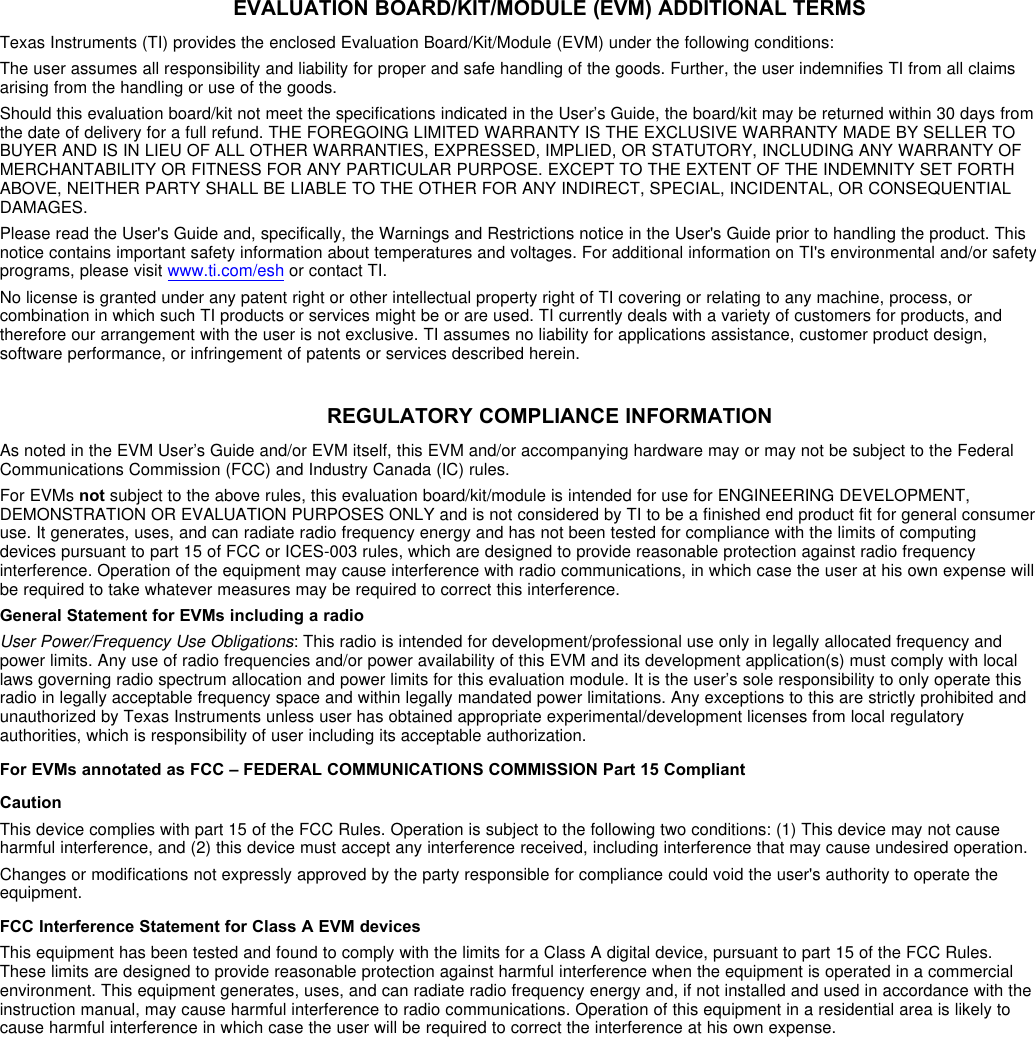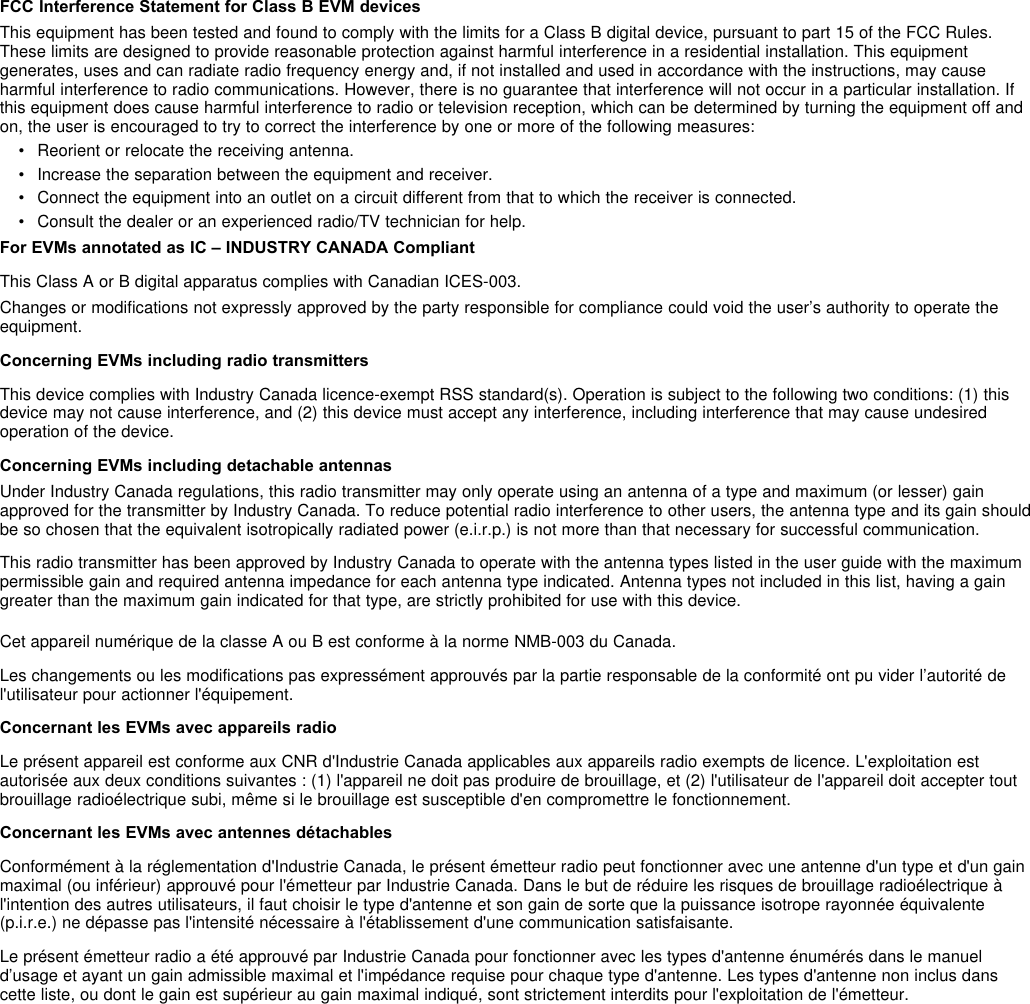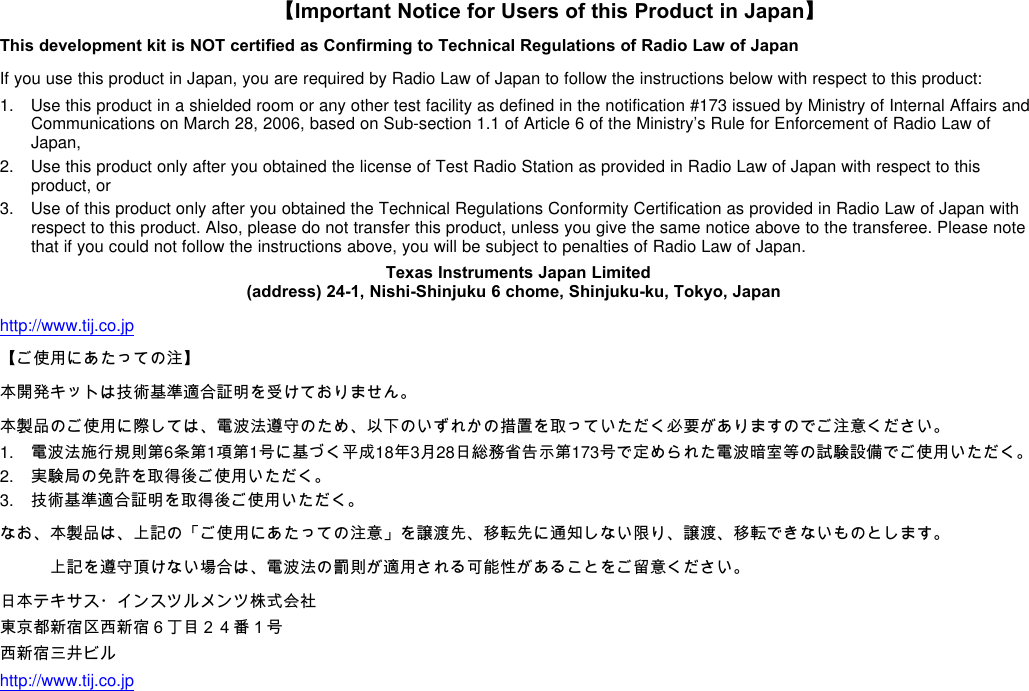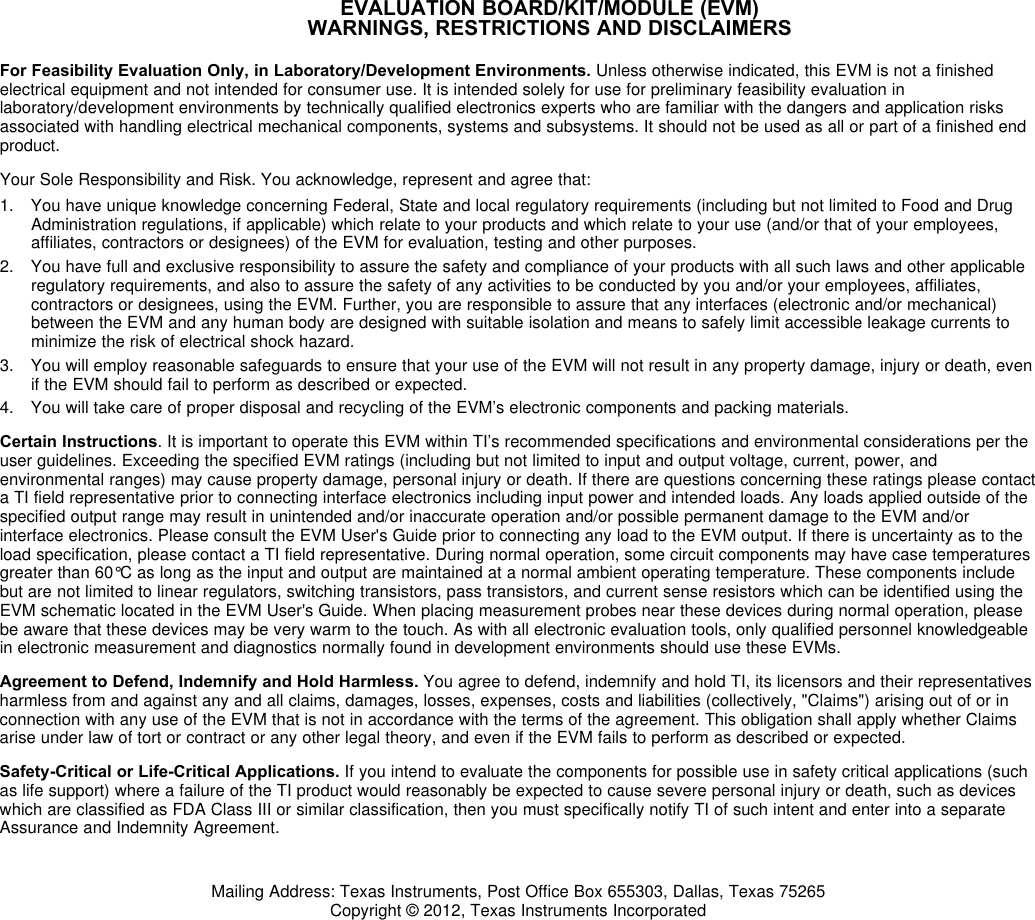Texas Instruments 1110SRF900 The SMARTRFCC1110EM-868 is a development tool for TIs sub-1 GHz CC1110 chip. User Manual CC1110 Mini Development Kit 868 915 MHz
Texas Instruments Inc. The SMARTRFCC1110EM-868 is a development tool for TIs sub-1 GHz CC1110 chip. CC1110 Mini Development Kit 868 915 MHz
User manual
